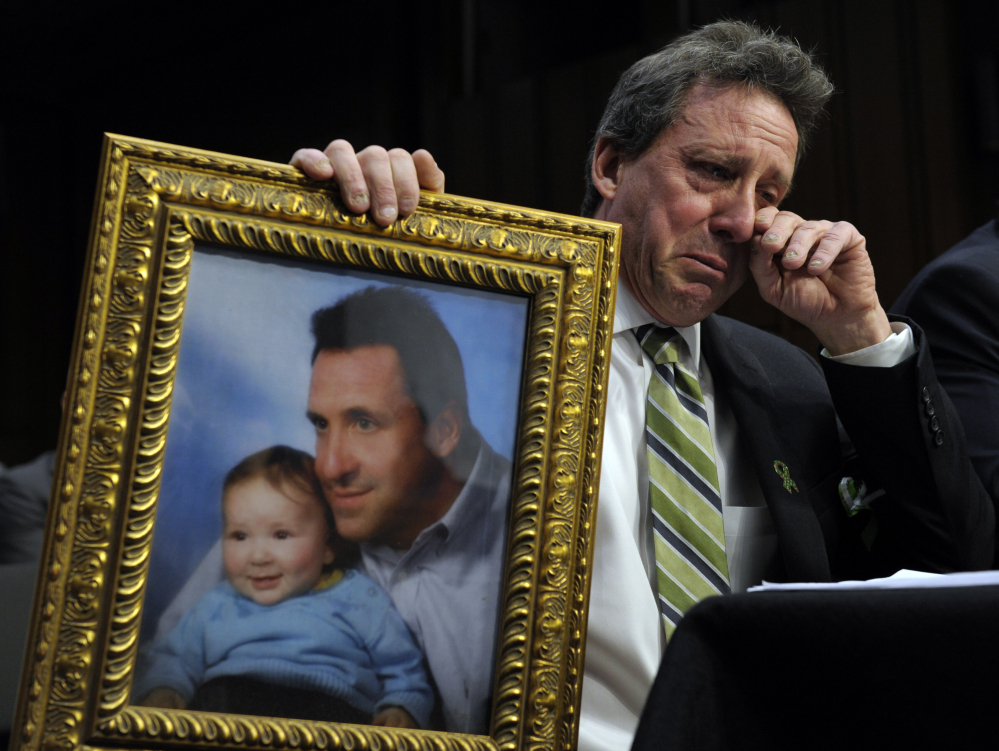The level of gun violence in the United States sets it apart from all other developed nations, and after each gut-wrenching tragedy we are left to wonder why, and what can be done to save lives.
One reason we are no closer to an answer now than following Columbine, or Newtown, or any of the thousands of unremarkable deaths attributed to firearms each year, is that public research on the subject is all but forbiddenand has been for nearly 20 years.
It is possible that through good public policy, the United States can reduce the number of firearm-related deaths and injuries without infringing unjustly on Second Amendment rights.
But to do that, just as has been done in other public health crises, policymakers need good data. And to get good data, agencies like the federal Centers for Disease Control and Prevention must be allowed to work without interference or fear of reprisal.
That hasn’t been the case since at least 1996, when a CDC report linking gun ownership to risk of injury or death by firearm drew the ire of the National Rifle Association and like-minded members of Congress.
As a result, the CDC’s funding for gun violence research and data collection was redirected, and a bill was passed barring the use of public funding “to advocate or promote gun control.”
That directive, later extended to the National Institutes of Health, was interpreted as the threat that it was, and it had a chilling effect on gun research at all levels.
The CDC, not eager to draw any more enemies, dropped any research related to firearms, and the lack of funding has driven many researchers from taking on the topic at all.
President Obama withdrew the ban by executive order in January 2013, shortly after the shooting in Newtown, Connecticut. But the Republican-controlled House of Representatives has stopped any effort to fund research, so there has been no substantive change.
The total funding for major public research for firearm death and injury prevention – across all agencies, not just the CDC – is now estimated at $2 million a year.
By contrast, the NIH by itself next year expects to spend $6 million studying hay fever and $24 million on headaches. Chronic liver disease, which kills about the same number of Americans as firearms, warrants nearly $300 million.
Now, as the number of gun-related deaths exceeds car-crash fatalities, it is clear that a different approach is necessary.
The comparison to car-related deaths is apt. The rate of automobile deaths peaked in the late 1960s, when it became clear just how dangerous automobile travel had become.
The subsequent passage of landmark legislation made cars and roads more safe and mandated precautions such as safety belts. The number of fatalities per 100,000 people, at 26 in 1968, was down to 10 by 2013.
The same can happen to gun violence, if only researchers are freed to evaluate the circumstances surrounding firearm homicides and suicides, as well as nonfatal shootings, and determine what works best in reducing the risk to Americans.
Otherwise, we’ll keep experiencing tragedy in unmatched numbers, and keep asking the same questions, again and again.
Send questions/comments to the editors.



Success. Please wait for the page to reload. If the page does not reload within 5 seconds, please refresh the page.
Enter your email and password to access comments.
Hi, to comment on stories you must . This profile is in addition to your subscription and website login.
Already have a commenting profile? .
Invalid username/password.
Please check your email to confirm and complete your registration.
Only subscribers are eligible to post comments. Please subscribe or login first for digital access. Here’s why.
Use the form below to reset your password. When you've submitted your account email, we will send an email with a reset code.